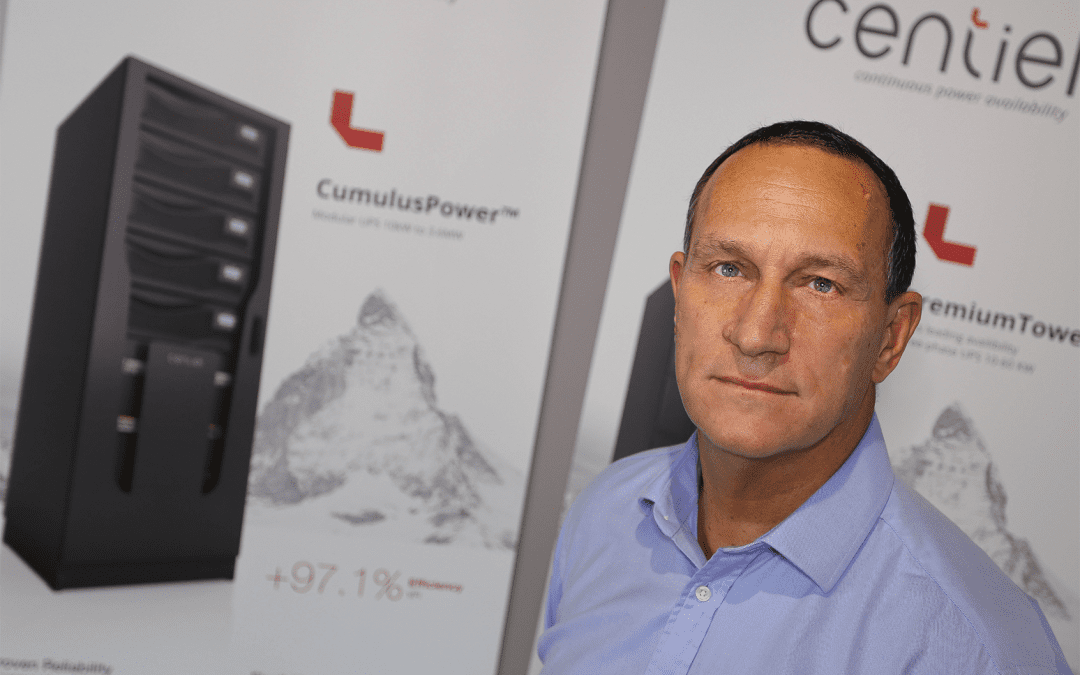by Mike Elms, Managing Director, CENTIEL UK
What single subject tends to get me jumping on my soapbox about UPS systems?…. It is how battery autonomies are calculated. Let me very briefly explain.
At tender stage, batteries are sized by calculation. The actual proof that they meet performance only comes when they are installed and a load-bank test is performed. Of course, by this time it’s too late if they have been incorrectly sized at the beginning.
To calculate a battery configuration you firstly need the load size (kW’s) and the required autonomy…nice and simple. Battery manufacturers very kindly publish the Watts per Cell power of each of their battery types so you would think everyone would come up with the same battery solution. So why don’t they…? One proposal has 3 tonnes of batteries and the other has 5 tonnes… Very strange!?
The answer lies in the application of three variables during the calculation:
1) UPS efficiency – modern UPS units have efficiency claims of around 96-97%. You could add an extra 1% efficiency by negating the front end rectifier conversion.
2) Battery End of Discharge Voltage – batteries will be irreparably damaged if allowed to discharge too deeply, so a UPS will cut off well before then. However in the calculation, a ‘cushion’ should allowed when it comes to the discharge variable, i.e use 1.75 V, not a low 1.6V.
3) Temperature – UPS systems are installed in environmentally controlled conditions, typically in an IT room at 20 to 22 deg C. So why calculate battery autonomies at 25 deg C? The easy answer is that you get a bit more power out of the battery at the higher temperature, and you end up with that final load bank test being performed with heaters to raise the room temperature!? That is, of course, if a final load-bank test is actually carried out.
The above is just a very simple example of how, by using the variables to their limits in the calculations, you can get differing battery solutions for the same specification.
To be sure of the required battery autonomy a contingency should be included. Otherwise, it’s like only being able to finish a race if the track is downhill and the wind is behind you!
And don’t forget all this is when the batteries are new! After ten years, batteries typically provide 80% of their original power. Therefore, if you need the required run time at end of their design life, they should be oversized by some 20-25% from day one.
So if you are looking at two “identical” UPS quotes with significant price variance, look at the weight of the batteries and request evidence of the calculation methodology. It could be the difference between proper power protection, or batteries that might support the load for the first few years, but only if that wind is blowing in the right direction!
At CENTIEL our experienced engineers are always happy to advise on system set up, requirements and the best UPS and battery options available to support the critical load for the required run time. We don’t cut corners and our clients world-over trust us to supply working solutions which match their specifications.
Article featured in Inside Networks Magazine May 2020

